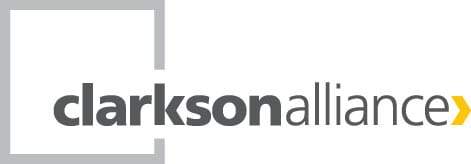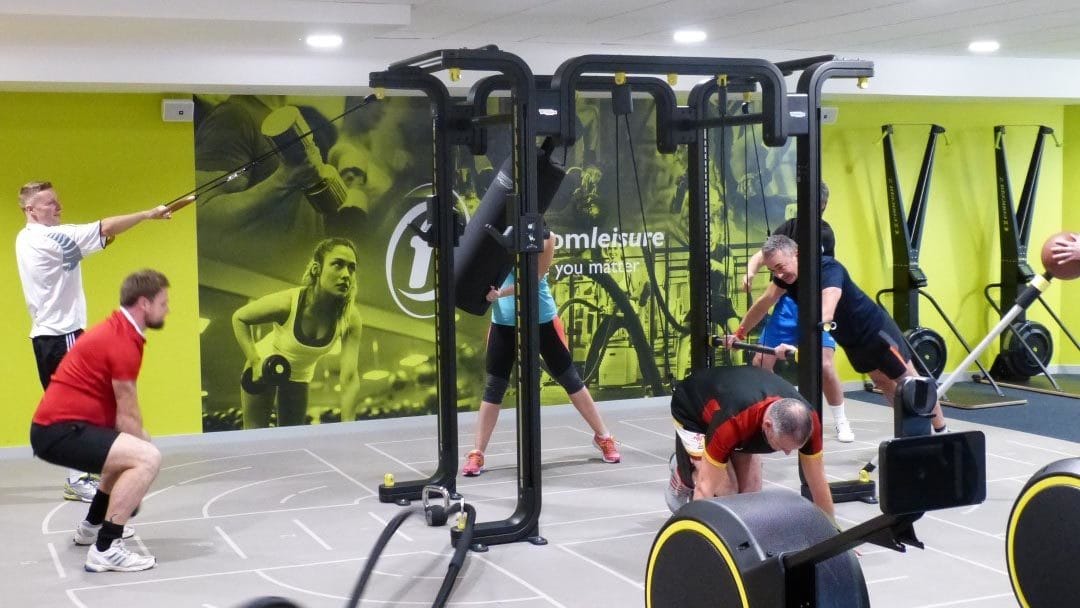We are proud of our approach to Project and Cost Management and the rigorous project delivery process that we follow. This is complemented by our collaborative approach to leadership, which allows and encourages people to work to their strengths
Below is some practical advice on how to create, develop and maintain high performing teams and provide excellent leadership:
- Invest time in building relationships at the start of a project
Sometimes it is necessary to take half a step back before leaping into a project. This might seem time consuming, but time spent developing relationships and implementing good communication practices at the outset will lay strong foundations.
Consider running an introductory workshop or spend time before or after meetings learning about one another’s strengths and work preferences.
- Unite your team around common goals
Our Project Managers work to establish customer outcomes at the start of the project and ensure the project team is aligned to them. This means that if risks on an unpredictable capital project are realised, everyone can focus on achieving the goal together.
We often do this by developing a Project Initiation Document at project kick-off and asking everyone to confirm agreement to the project outcomes.
- Manage expectations and responsibilities
Successful teamwork happens when people know what is expected of them. Implementing a clear governance and reporting structure is vital and provides certainty.
We have first-hand experience of conducting collaborative planning sessions where we develop and agree a robust project plan and assign tasks.
- Remember to celebrate success
When something goes well, it often means it has gone smoothly and relatively unnoticed. Remember to make a point of acknowledging these ‘smooth’ moments, as well as ensuring you mark important project milestones – they can be a great opportunity to build strong relationships with your customer and team.
- Encourage people to work to their strengths
We believe that people work most effectively when they can work to their strengths. We ensure that team members are appropriately qualified, and that their efforts are properly directed based on their strengths.
Using an assessment tool such as the StrengthsFinder online questionnaire has helped us understand more about people’s areas of potential and what motivates them.
- Be a leader not a manager
We use our leadership experience to create a collaborative environment where everyone feels valued. This includes galvanising enthusiasm; giving credit for effort and achievement; providing individuals with status and autonomy; engendering a culture of trust and fairness.

